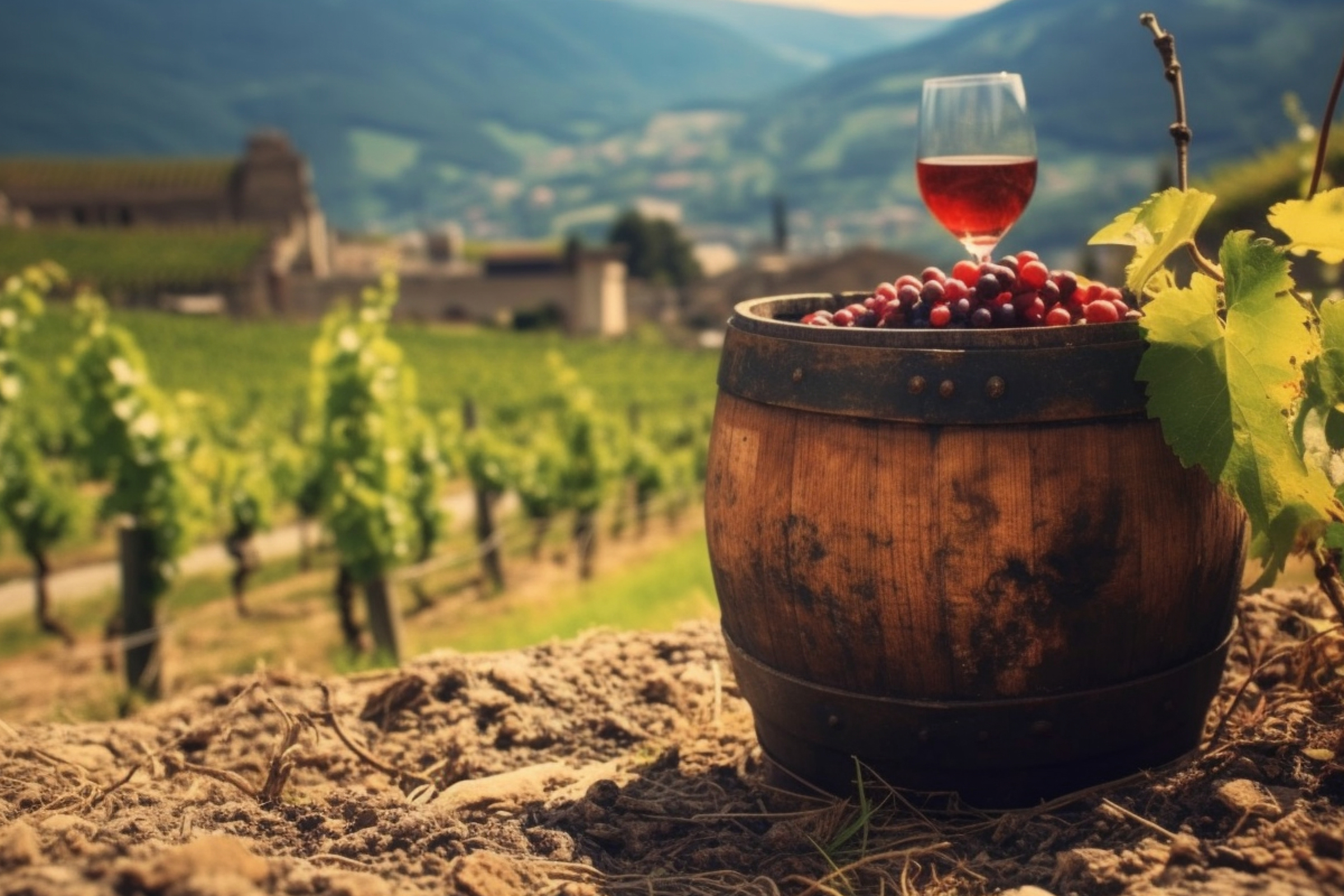Begin your wine journey here. Explore foundational concepts, laid out in a clear and progressive order, setting the stage for your wine exploration.
Wine labels can seem like a foreign language to the uninitiated, but understanding the information they convey can help you make informed decisions about the quality and taste of the wines you're considering.
In this article, we'll explore the key elements of wine labels and explain what they can tell you about the wine inside the bottle.

Wine labels can be a source of confusion for many wine drinkers, with a plethora of information and various terms that may not be immediately clear. In some cases, misconceptions about wine labels can lead to misguided assumptions about the wine itself.
In this article, we will debunk some of the most common myths surrounding wine labels to help you make better-informed decisions when choosing your next bottle.

When it comes to European wines, two essential quality indicators often appear on wine labels: Protected Designation of Origin (PDO) and Protected Geographical Indication (PGI). These terms help you understand the origin and quality of the wine you are purchasing. In this article, we will look at what PDO and PGI mean, their significance, and provide examples of famous wine regions that fall under these categories.

Delve deeper. This section offers a detailed exploration, building upon and enhancing the knowledge you’ve gained from the Foundation. Dive into the nuances and intricacies of the wine world.
Italy is renowned for its diverse and high-quality wines, from the powerful Barolo to the rich and velvety Amarone. However, navigating Italian wine labels can be daunting. To help you understand the Italian wine labeling system and make more informed decisions, let's delve into the Indicazione Geografica Protetta (IGP), Denominazione di Origine Controllata (DOC), and Denominazione di Origine Controllata e Garantita (DOCG) classifications.

French wine labels often focus on the region of origin and Appellation d'Origine Contrôlée (AOC) rather than the grape variety used. This can make it challenging for those unfamiliar with French wine to identify the grape variety in a particular bottle.
This article will help you decipher grape varieties in French wines based on their AOC and region, providing examples to guide you through the process.

German wines are renowned for their quality and diversity, ranging from dry, crisp whites to lusciously sweet dessert wines. Grasping the German wine labeling system, particularly the six Prädikat categories, is crucial to understand and appreciate the wines this country has to offer.
This article will guide you through the Prädikat categories and help you make informed decisions when selecting German wines.

Wine Sections
Wines To Look Out For
2021 Pouilly-Fuissé by Olivier Merlin, Burgundy

£359.40 – 12 bottles
2021 Provence Rosé by Château la Mascaronne

£75.42 – 6 bottles
1995 Château Latour, Pauillac, Bordeaux

£6,100.00 – 1 case
2017 Chateau Lafite Rothschild Premier Cru Classe

£3,310 – 3 bottles
2003 Hobbs of Barossa Ranges, Gregor Shiraz, Barossa Valley




